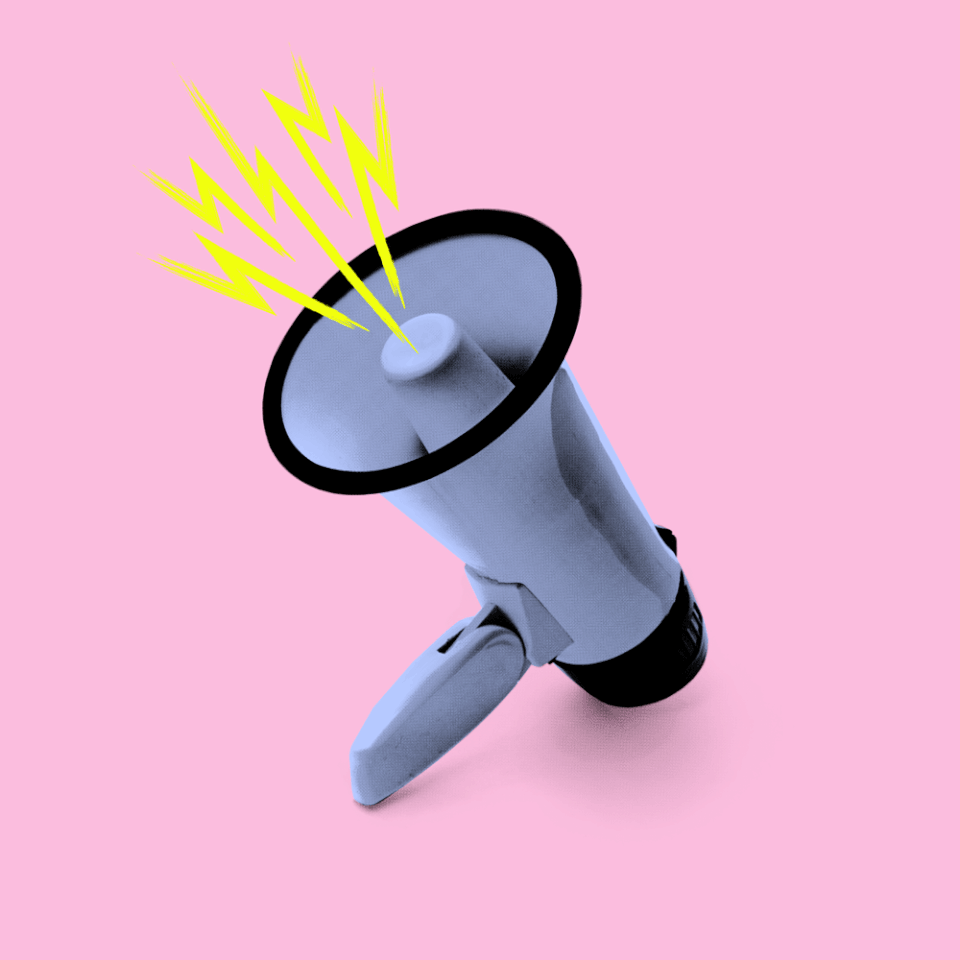What is an 'ambivert,' and how do you know if you are one?

I’ve always felt a little out of place. I’m social and outgoing enough to work in a career, for close to 20 years, that requires me to interact with hundreds of people each day, yet reserved enough that I want to shut the door and hide when I get home at night. I’ve lived most of my life as someone who is high on extroversion, even though deep down I’ve always thought I have more of the qualities of an introvert.
Feeling a bit confused about my personality type — not quite introvert and not quite extrovert — I knew there must be another category for people who live “somewhere in the middle.” Because the truth is, we are nuanced creatures and very few of us fit perfectly into these divergent personality types.
What I discovered about those of us who are truly in the middle of the introversion-extroversion spectrum is that psychologists have a name for us too — we’re called ambiverts. Ambiverts express qualities and behaviors of both introverts and extroverts, depending on the situation. Finally, a description of my personality that made sense.
High or low extroversion: Where do you fit?
Most of us have read about the characteristics of being high or low on the extroversion continuum. And it’s likely you’ve even tried to determine which side of the equation you’re on. For some, finding where you land is easy and comes naturally. For others, it’s like trying to fit a square peg into a round hole.
So, what’s the difference between the two?

Performance neuropsychologist Chris Friesen, author of the book Achieve: Find Out Who You Are, What You Really Want, and How to Make It Happen, says that with a high level of extroversion, you’re going to feel most comfortable and satisfied when you get your high needs for external stimulation met either through your job, sports, hobbies, friends, or family life.
And if you’re high on the extroversion scale, he recommends having a regular outlet for socializing, experiencing fast-paced, stimulating, and exciting things, or expressing positivity. If you don’t, Friesen says, you will be vulnerable to boredom and low moods.
In contrast, those low on the extroversion scale rarely feel bored when alone or when doing things that may seem boring to an outside observer, especially someone who is more outgoing, or high on extroversion.
Friesen says that if you’re an introvert and get too much stimulation from external sources, you’re predisposed to feel uncomfortable or overstimulated.

The life of an ambivert
But what about those of us who can sway either way? What does it mean to be an ambivert?
Clinical psychologist Michael Alcee says the most common definition of an ambivert is an individual who has a balance of both introverted and extroverted qualities. In contrast to a clear extrovert or introvert, who is dominant in one or the other mode, an ambivert, like an ambidextrous athlete, is equally comfortable and skilled in both realms.
Alcee says ambiverts fully recharge and fuel up when both the extroverted and introverted sides of their personality are truly satisfied. In other words, ambiverts constantly need to have a solid amount of time socializing and connecting with others, while at the same time needing a comparable dose of reflective solitude.
If you’re in the middle, says Friesen, you tend to feel more at home with controlled doses of excitement and stimulation, mixed with adequate time scheduled for solitude.
“What this means for ambiverts is that you’ll likely need to be very careful with how much external stimulation you expose yourself to. If your job is highly social, fast-paced, or highly stimulating, you’ll likely need much more downtime after work to recover,” explains Friesen.
Studies, such as the 2013 Adam Grant study at Wharton Business School, have shown that at least two-thirds of people are actually ambiverts, which means that they’re situationally adaptable, and will act outgoing in social situations but also enjoy quiet time alone.
The main strength of being an ambivert is that you’re likely more flexible in terms of which environments you can thrive in. You have the ability to interface with a wide variety of people and situations because you’re well versed in both worlds.
Alcee says another strength of ambiverts is they can be comfortable in a large group and yet also zoom in and really connect deeply with an individual.
“Ambiverts hold a piece of the psychological puzzle that stands to help all of us become the best versions of ourselves, showing how to more fully develop and harness the power of our inner and outer capacities,” explains Alcee.
Like anyone else, ambiverts struggle with being misunderstood not only by their friends, family, and significant others, but also by themselves.
Many times, they are unaware of how they are built, especially since there’s so little discussion of ambiverts in our culture. Alcee says that friends and family can be very confused and surprised by an ambivert’s need to take a break from socializing because they can also be so outgoing and engaging.
That’s why it’s really important for ambiverts to explain how the “system” works, says Alcee.
“Sometimes it can be very helpful to give others an analogy like that of a hybrid car,” he says. “Only it’s helpful to let people know that this hybrid car will not really work unless both its gas and electric sides are charged up.”
Read more from Yahoo Lifestyle:
Follow us on Instagram, Facebook, and Twitter for nonstop inspiration delivered fresh to your feed, every day.

